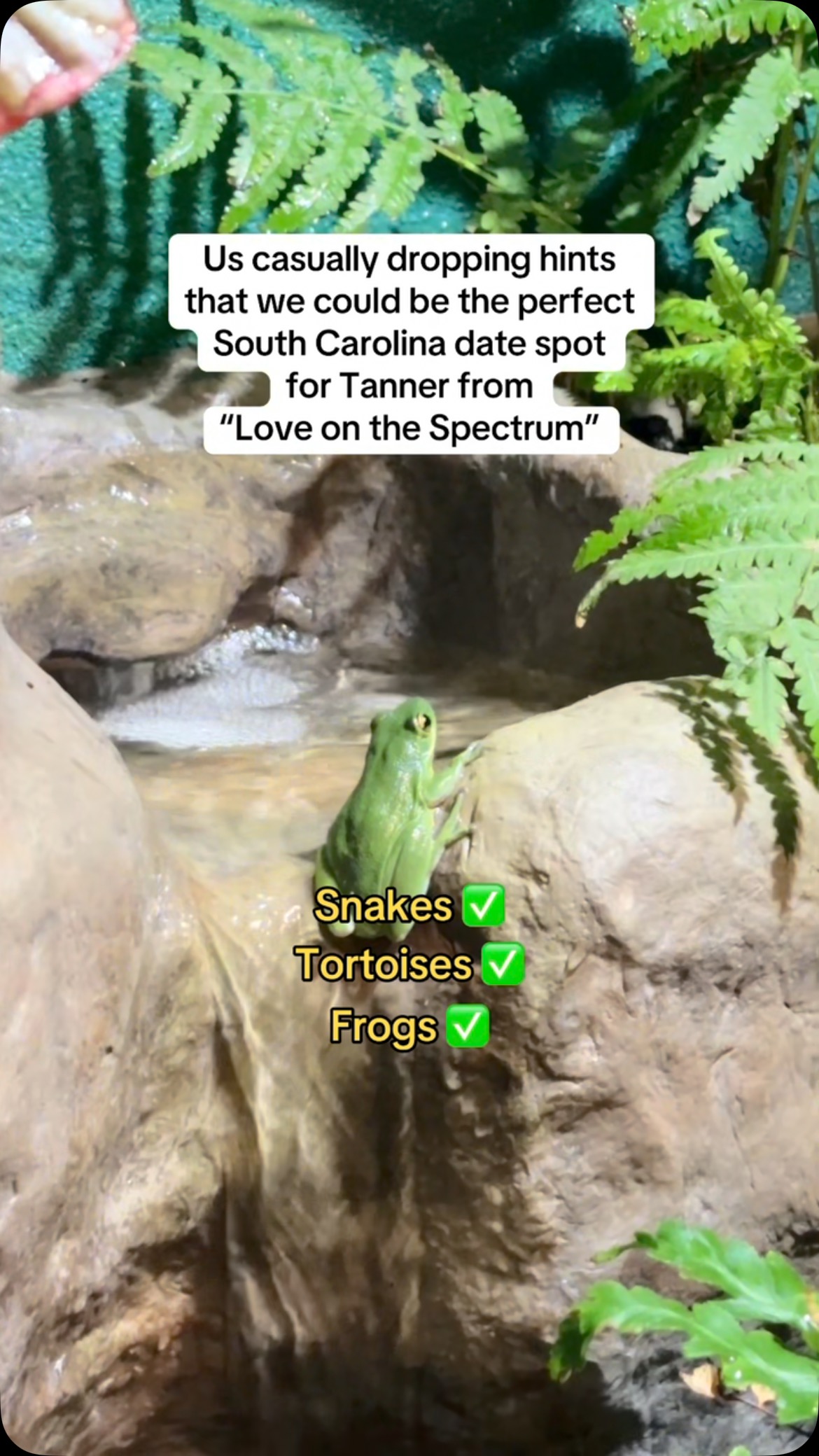- Explore the concept of art installations in zoos and their role in enhancing visitor experience.
- Discuss the influence of TV shows like Love on the Spectrum in raising awareness about wildlife appreciation.
- Highlight the significance of wildlife conservation initiatives within zoo environments.
- Examine the integration of sensory resources for diverse visitor needs.
- Reflect on the impact of local heritage and community engagement in supporting zoo conservation efforts.
Art installations in zoological settings serve as powerful tools to captivate visitors’ attention and enrich their learning experience. The statement about a squid being an art installation highlights a growing trend in zoos to incorporate artistic elements that not only beautify spaces but also serve educational purposes. These installations offer visual stimulation, igniting interest and curiosity among visitors. Art, in this way, bridges gaps between mere observation and interactive learning, making scientific content more accessible. By connecting these installations to narratives around specific animals, zoos can teach visitors about biodiversity and the importance of each species within an ecosystem.
The influence of popular media cannot be underestimated in shaping public perceptions and interests. Shows like Netflix’s Love on the Spectrum provide an opportunity to raise awareness and spark curiosity about wildlife. Tanner, a beloved cast member, has endeared audiences with his passion for animals, particularly those at the local zoo. His South Carolina roots resonate with viewers, reminding them of the intrinsic link between community and conservation. This connection fortifies the idea that wildlife protection begins at home, inspiring individuals to engage more deeply with their local environments and the species that inhabit them.
Zoos have historically played a pivotal role in conservation efforts, serving as sanctuaries for endangered species and centers for biodiversity research. Within their walls, dedicated conservation initiatives strive to protect vulnerable species and educate the public about global environmental threats. These programs often extend beyond the zoo’s boundaries through partnerships with conservation organizations and community groups. By hosting educational programs and workshops, zoos foster a culture of environmental stewardship, encouraging visitors to participate actively in conservation efforts. These initiatives are crucial for preserving wildlife and instilling a sense of responsibility towards environmental protection.
The inclusion of sensory resources underscores a commitment to accessibility and inclusivity, ensuring that all visitors can partake in the enriching experience zoos have to offer. Complimentary sensory bags provided in partnership with organizations like KultureCity cater to individuals with sensory processing needs, ensuring comfort and engagement for visitors with autism and other sensory sensitivities. These resources allow everyone to enjoy the beauty and diversity of wildlife without feeling overwhelmed, making the zoo a welcoming space for all.
Local heritage plays a significant role in shaping zoo conservation strategies. In regions like South Carolina, where wildlife is integral to cultural identity, community engagement becomes a linchpin for sustainable conservation efforts. Encouraging community participation fosters a sense of ownership and pride, driving collective action towards protecting local species and habitats. Through educational outreach and community events, zoos can strengthen ties with local populations, promoting an enduring connection to conservation that resonates beyond their physical walls.
Overall, these elements together contribute to a comprehensive approach in wildlife conservation, drawing from art, media, community, and inclusivity to create an engaging and educational environment for all visitors. Such strategies are pivotal in ensuring that zoos remain vibrant centers for learning and conservation in the contemporary world.
*****
Source Description
Okay, maybe the squid is an art installation, but we have many of @tannerwiththe_tism’s other favorite animals within our walls! 💙
If you’re not familiar with the @netflix’s Love on the Spectrum, Tanner is a fan favorite cast member that shares our affinity for wildlife AND our South Carolina heritage. Many of the animals Tanner mentions on the show can be found right here within our walls!
What do we think — season 4 date spot?
Plus, if you’d like to use some sensory resources we have available, you can check out a complimentary @kulturecity sensory bag at the Info Desk!
.
.
.


